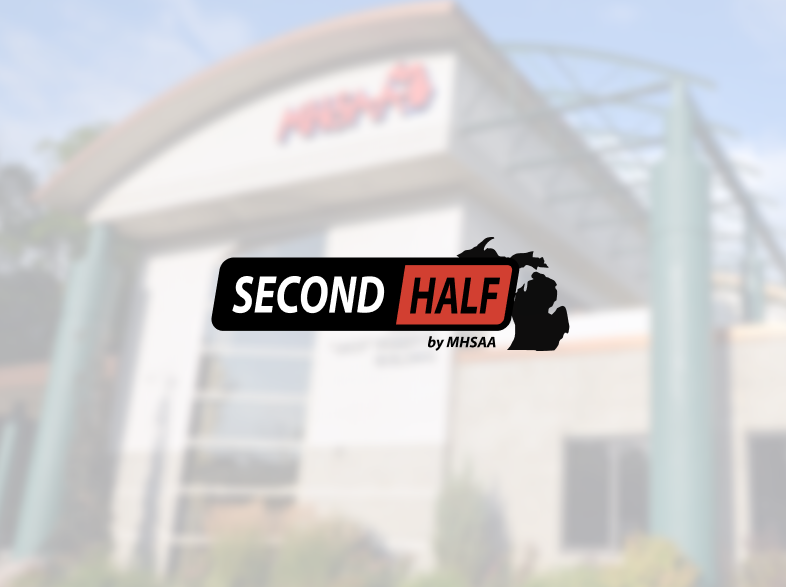
Urgency
November 8, 2011
I still have in my files and in my mind Joe Klein’s Newsweek editorial of Sept. 21, 1992, that took Bill Clinton to task for his “small themes” during the closing months of his campaign for the U.S. presidency.
Never one to be shy in his bully pulpit at Newsweek (or in his then anonymously published novel Primary Colors based on the 1992 Democratic presidential primary), Klein wrote that Clinton’s late campaign efforts were “rhetorically flaccid, intellectually unadventurous, morally undemanding.”
In response, Clinton’s campaign strategist, James Carville, resorted to a sports metaphor: “The way to the goal line is to keep running off tackle. Four yards and a cloud of dust.”
This “take no chances, do no harm, run out the clock” spirit and strategy that so infuriated Klein will not be seen at the MHSAA. Expectations and efforts will be in continuous crescendo no matter how close the goal line gets. In fact, as it is with any good football team in the “red zone,” the closer the goal line looms, the greater the sense of urgency there will be.
There is no greater proof at this moment to our most inner circle of constituents – high school athletics directors – than the MHSAA’s work with ArbiterSports to become the first state high school association in America to develop, and to deliver at least initially at no cost to all member high schools, a comprehensive suite of electronic tools for athletic department administration. This is a responsibility, and risk, that could have been left to others; but we’re being motivated by undertaking the task here and now – first in the nation – so that the product is tailor-made for high school sports, Michigan’s way.

Why
August 5, 2016
Yesterday began my 31st year as executive director of the Michigan High School Athletic Association. When I was asked recently why I’ve served so long, I answered, “Actually, ‘why’ is the reason.”
What we do in school sports is important. How we do it is even more important. But why we do it is most important. And, to quote the last line of the last workshop speaker I heard on July 2 at the 97th Annual Meeting of the National Federation of State High School Associations, “The ‘why’ of our work is an incredible gift we’ve been given.”
The why of our work is the map that connects the dots between all that we do – all the policies, procedures and programs of competitive school-sponsored sports. The why of our work is the gravitational force that keeps what we do and how we do it grounded in the core beliefs of interscholastic athletics – healthy, amateur, local, inexpensive and inclusive programs that benefit students, schools and communities.
The why of our work sees what we do and how we do it as necessary for helping young people learn skills for life as much as skills for sports. The why of our work sees lifetime lessons available in both victory and defeat, and at both the varsity and subvarsity levels. The why of our work sees good sportsmanship not merely as an enhancement of our games but also as a precursor to citizenship in our communities.
When we begin our planning with why, then what we do and how we do it will more likely inspire and motivate others, and keep us in the game long after others have retired.
(Turns out that these ideas aren’t original. Simon Sinek lays out the “Why” premise in one of the top-viewed TED talks of all time. While the NFHS conference speaker was my inspiration, clearly Simon Sinek was his.)

